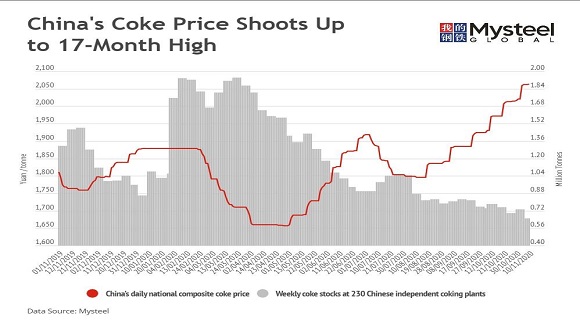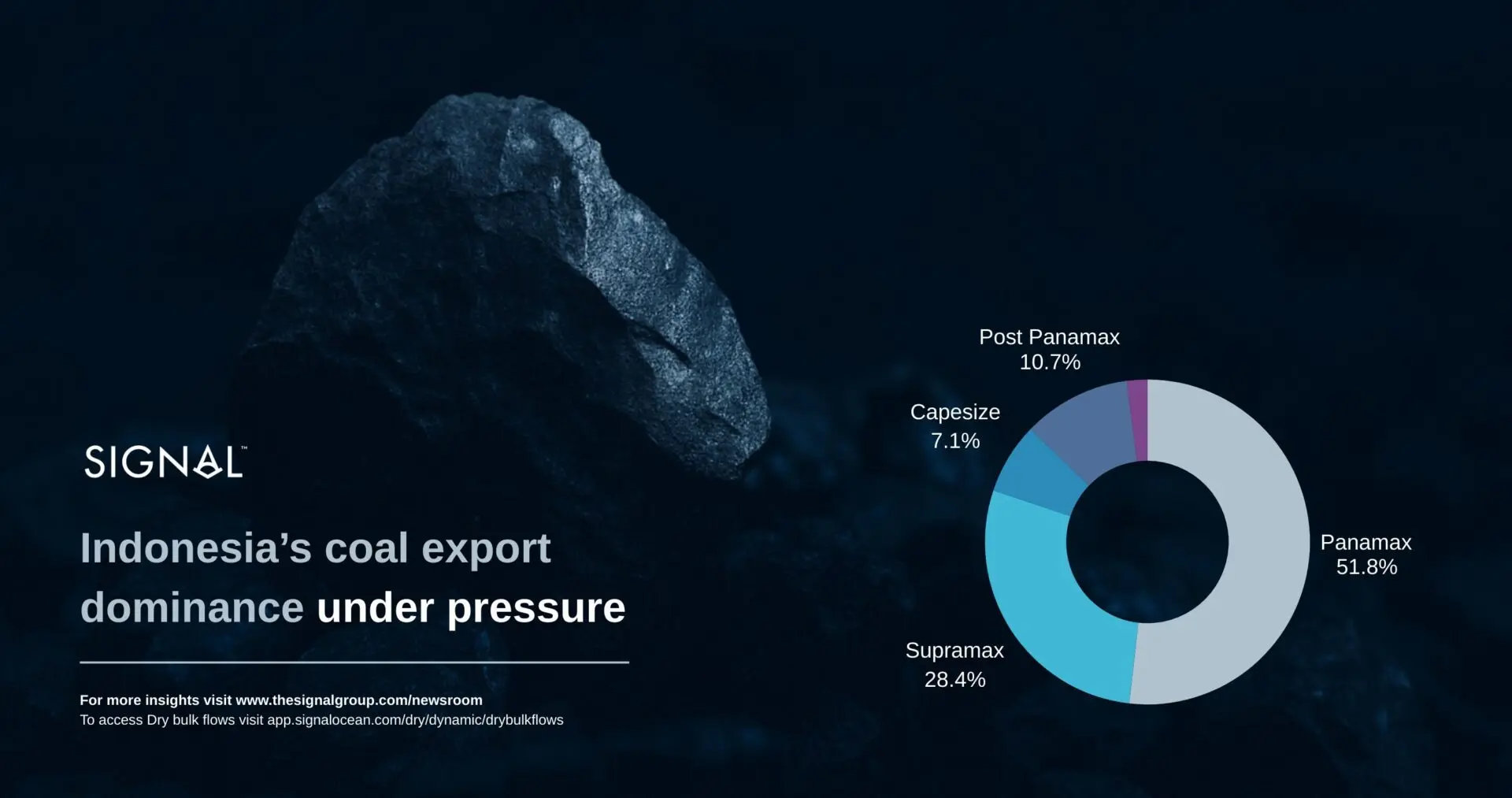

Coal indices in Europe surged to 66-67 USD/t last week amid a cold snap in a number of European countries, an upturn in TTF gas quotes and a decrease in the EU carbon prices. Low temperatures in some European states boosted coal consumption by local power plants. ARA coal stocks fell to 3.90 mio t (-0.1 mio t or -4% compared to Feb. 24, 2021).
Strengthening of gas quotes in the EU to 16.4 EUR/MWh (+0.5 EUR /MWh to Feb.23, 2021) due to growing demand of European companies for natural gas, as well as a reduction in prices of European quotas for CO2 emissions to 37.4 EUR/t (-1.7 EUR/t to Feb.24, 2021) provided the support to coal prices.
On Mar. 03, 2021, representatives of the EU member states officially approved the creation of a fund to support coal phase-out measures (EU Just Transition Fund). Total fund assets reach 17.5 billion EUR.
These funds should be allocated to support the countries and regions of the EU, in which the power mix is dominated by fossil fuels. The closure of coal-fired power plants and the construction of solar panels, hydro and wind power plants will be financed by the EU Just Transition Fund as well.
Limited supply of coal to the port of Richards Bay and the growth of trading activity of Asian coal traders after the end of the holidays strengthened South African material prices to over 90 USD/t. Interruptions in the supply of coal by the railway operator Transnet are associated with a shortage of locomotives. Richards Bay coal stocks decreased to 3.4 mio t (-0.1 mio t to Feb. 24, 2021).
South African miner Anglo American plans to sell some of its coal assets in 2021. Initially, the company’s management announced a strategy to reduce thermal coal mines in the portfolio until 2023. In 2020, Anglo American’s coal exports reached 16.6 mio t (-1.5 mio t to 2019) while 12.4 mio t of material were sold on the domestic market (-2.6 mio t to 2019).
Australian thermal coal prices rose to 2-year highs due to the growth of trading activity in Asia after the end of the Chinese New Year holidays.
According to the forecasts of the Chinese National Coal Association, China’s coal production is expected to reach 4.1 billion t by 2025 (+0.2 billion t or +5% to 2020). By 2025, the country’s coal demand is likely to grow to 4.2 billion t (+0.3 billion t or +6.0% to 2020). Reducing inefficient coal capacities by the Chinese government may result in the decrease in the number of mines to 4000 by 2025 (-700 mines to 2020). A reduction in inefficient coal capacity by the Chinese government could bring down the number of mines to 4,000 by 2025 (-700 mines by 2020).
The demand of Asian consumers for Australian coal displaced purchases of imported material from Indonesia and lowered Indonesian coal indices.
A wait-and-see position of Asian steel companies amid the news about possible easing of Chinese import restrictions on Australian coking coal, as well as the decline in prices of metallurgical material in the domestic market of China, had a negative impact on the Australian coking coal quotes.
Source: CAA Analytics
[tfws username=”CAA_Analytics” height=”700″ width=”350″ theme=”light” color=”#FAB81E” tweets=”2″ header=”yes” footer=”yes” borders=”yes” scrollbar=”yes” background=”yes”]













